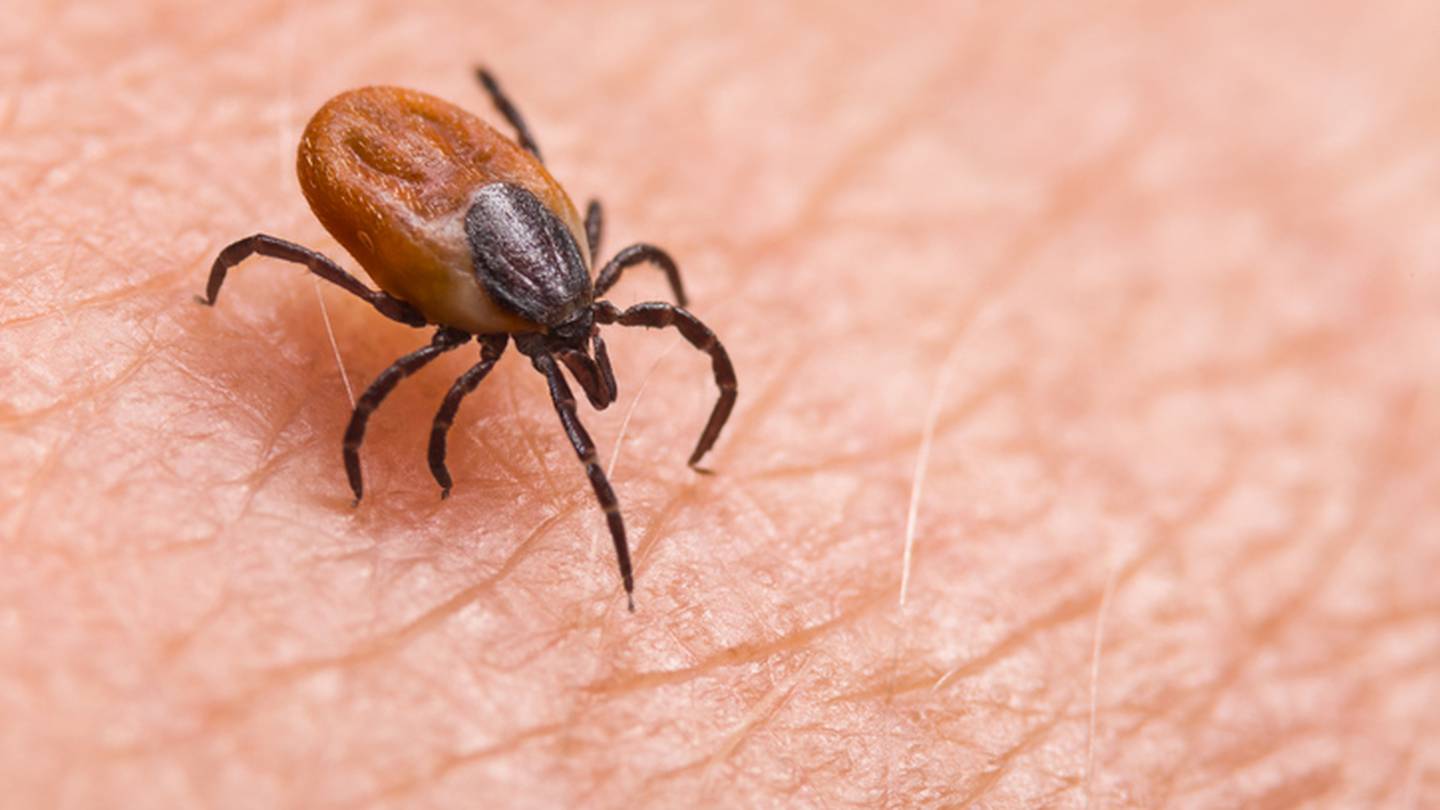In a tragic development, Maine health officials have confirmed the first death caused by the Powassan virus in 2023.
The victim, a resident of Sagadahoc County, exhibited neurologic symptoms before passing away, as reported by Fox News on Friday. The state’s Center for Disease Control and Prevention also verified the case.
The deceased individual contracted the virus and, sadly, lost their life as a result. Powassan virus cases are extremely rare in the United States, with an average of 25 reported annually since 2015. Maine has identified a total of 15 cases, including four new cases last year.
Symptoms of Powassan virus infection may not be apparent in all individuals. However, those who do experience symptoms typically develop them within a week to a month after being bitten by an infected deer tick or woodchuck tick. Powassan virus Symptoms can include fever, headache, vomiting, weakness, confusion, seizures, memory loss, and, in severe cases, neurological complications such as inflammation of the brain or spinal cord.
This unfortunate death marks the third recorded Powassan virus fatality in Maine since 2015. Infected ticks are most active when temperatures are above freezing, with higher activity reported during the spring, summer, and fall seasons. These ticks are prevalent in shrubby and leafy areas throughout all 16 counties of Maine.
Read More Powassan Virus: Understanding The Tick-borne Threat
To prevent the risk of contracting the virus, the Department of Health advises individuals to take precautions when spending time outdoors. This includes wearing light-colored clothing, covering arms and legs, tucking pants into socks, using an EPA-approved repellent, and performing daily tick checks following outdoor activities.
Furthermore, officials recommend removing clothing upon returning home and placing it in the dryer for 10-15 minutes on high heat to eliminate any crawling ticks before washing. These measures are crucial in mitigating exposure to ticks and reducing the transmission of the Powassan virus.
